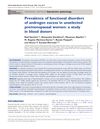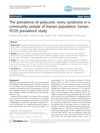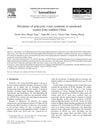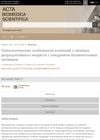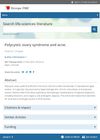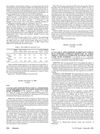Prevalence of Hyperandrogenic States in Late Adolescent and Young Women: Epidemiological Survey on Italian High-School Students
February 2013
in “
The Journal of Clinical Endocrinology and Metabolism
”
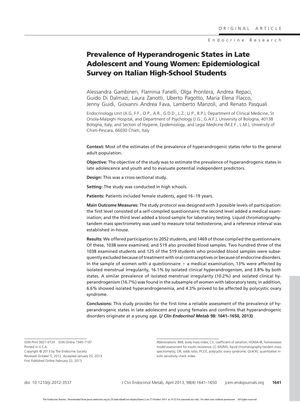
TLDR Many young Italian women have hyperandrogenic disorders like PCOS, which are linked to age, body weight, and insulin resistance.
The study investigated the prevalence of hyperandrogenic states among Italian high-school female students aged 16-19 years. Out of 2,052 students approached, 1,469 completed a questionnaire, 1,038 underwent a medical examination, and 519 provided blood samples. After excluding participants for oral contraceptive use or endocrine disorders, the study found a prevalence of 13% for isolated menstrual irregularity, 16.1% for isolated clinical hyperandrogenism, and 3.8% for both in the medical examination group. In the blood sample group, 10.2% had isolated menstrual irregularity, 16.7% had isolated clinical hyperandrogenism, 6.6% had isolated hyperandrogenemia, and 4.3% were diagnosed with polycystic ovary syndrome (PCOS). The study concluded that hyperandrogenic disorders, including PCOS, begin at a young age and highlighted the importance of early detection and management. It also found that lower gynecological age was linked to menstrual irregularity, while higher gynecological age was associated with clinical hyperandrogenism. Acanthosis nigricans was more common in those with clinical hyperandrogenism, and a higher BMI was associated with increased likelihood of hyperandrogenemia and PCOS. The study emphasized that self-reports are not reliable for identifying clinical hyperandrogenism and suggested acanthosis nigricans as a potential marker for insulin resistance.
